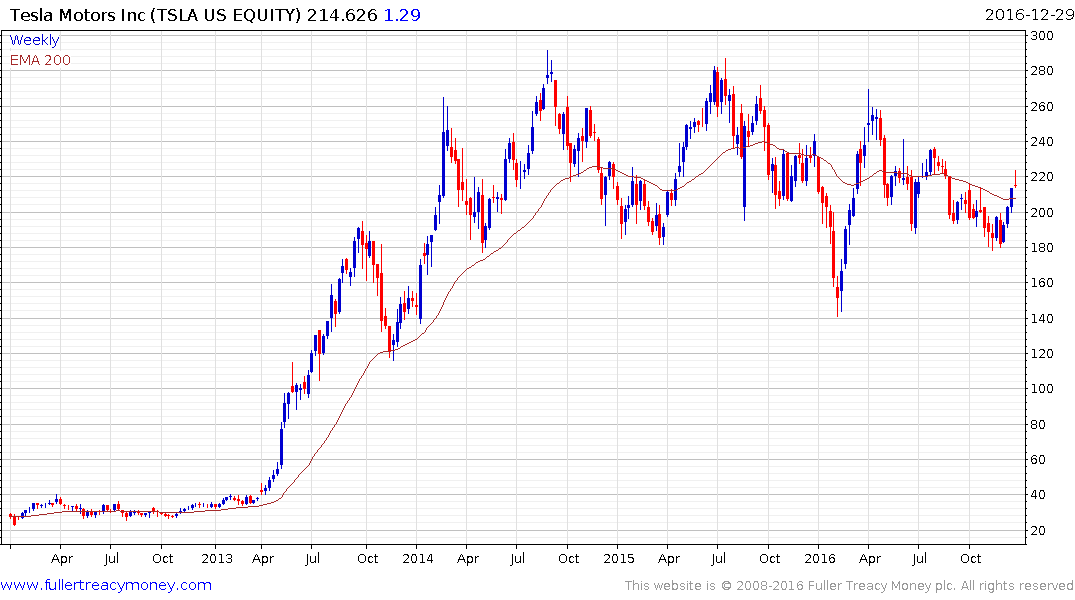Musings from the Oil Patch December 28th 2016
Thanks to a subscriber for this edition of Allen Brooks’ ever interesting report for PPHB. Here is a section:
With the election of Donald Trump as the nation’s 45th president, there are signs environmental restrictions on fossil fuels will be loosened and more room will be made for fossil fuels. That will be a significant shift in the recent trends for environmental and energy regulation. Whether it significantly alters the current trajectory for the dirtiest of our fossil fuels – coal – remains to be seen. Clearly, short of an outright ban on renewable energy plants, the current backlog of new, cleaner power plants will not change, so our near-term energy mix will continue to shift toward more renewable fuels. The issue for the energy industry is whether the economic trends in place boosting renewable fuels are altered and slow down the pace of additions of new renewable fuel plants. That will partially depend on whether current renewable fuel mandates and subsidies are renewed once they reach their expiration dates, or even if they are outright cancelled early.
At the present time, businessmen, energy executives and consumers are struggling to understand the true economics of electricity. Analysts have strived to produce cost estimates for electricity produced by different fuels in such a way that they can be analyzed on the same basis. Standardized cost estimates provide a means to assess the impact on different fuel sources of various environmental policies. The process is called levelized cost of electricity. This tool enables direct comparison of electricity costs from power plants fueled by either fossil fuels or renewables. One drawback from this tool is that it assumes every kilowatt of power generated has the same value to consumers regardless of when during the day it is produced. It ignores the reality that during summer days in the southern regions of the United States, electricity to power air conditioners in the afternoon when temperature reach their highest levels is of greater value to consumers than during the middle of the night when temperatures drop.
Here is a link to the full report.
Electricity pricing is a moving target for both energy companies and environmentalists alike. The challenge is to deliver energy when it is most required rather than when it is easiest to produce and the only way of solving that issue for renewables is with storage or back-up conventional capacity.
Tesla took on that challenge for Los Angeles when it committed in September to install a 80MWh battery pack before the end of the year. The city had been planning on installing batteries but the Aliso Canyon gas leak has forced those plans to be accelerated. The threat to base load that resulted from the loss of that source of supply has been good news for Tesla because it has demonstrated that it can deliver a solution in timely manner. That also helps to highlight the fact that while it makes headlines as a car company it would be better described as a battery manufacturer.

The share is still confined to a large volatile range which could potentially represent a Type-3 top. The problem for the company is that is valuation is priced for perfection and any disappointments such as the bailout of SolarCity weigh on sentiment. It rallied over the last couple of weeks to break the progression of lower rally highs evident since April but will need to hold the $200 area if potential for additional higher to lateral ranging is to be given the benefit of the doubt.


